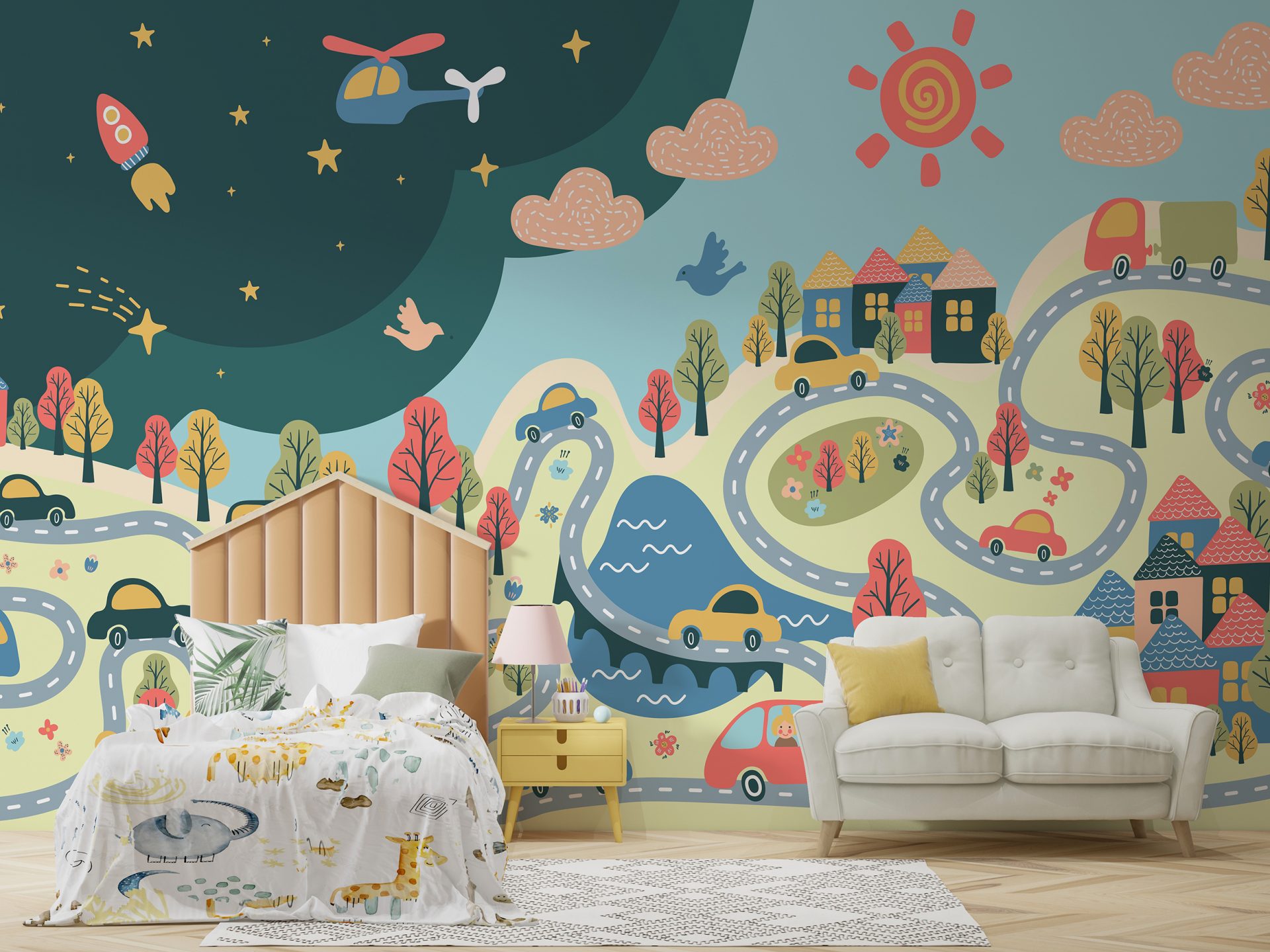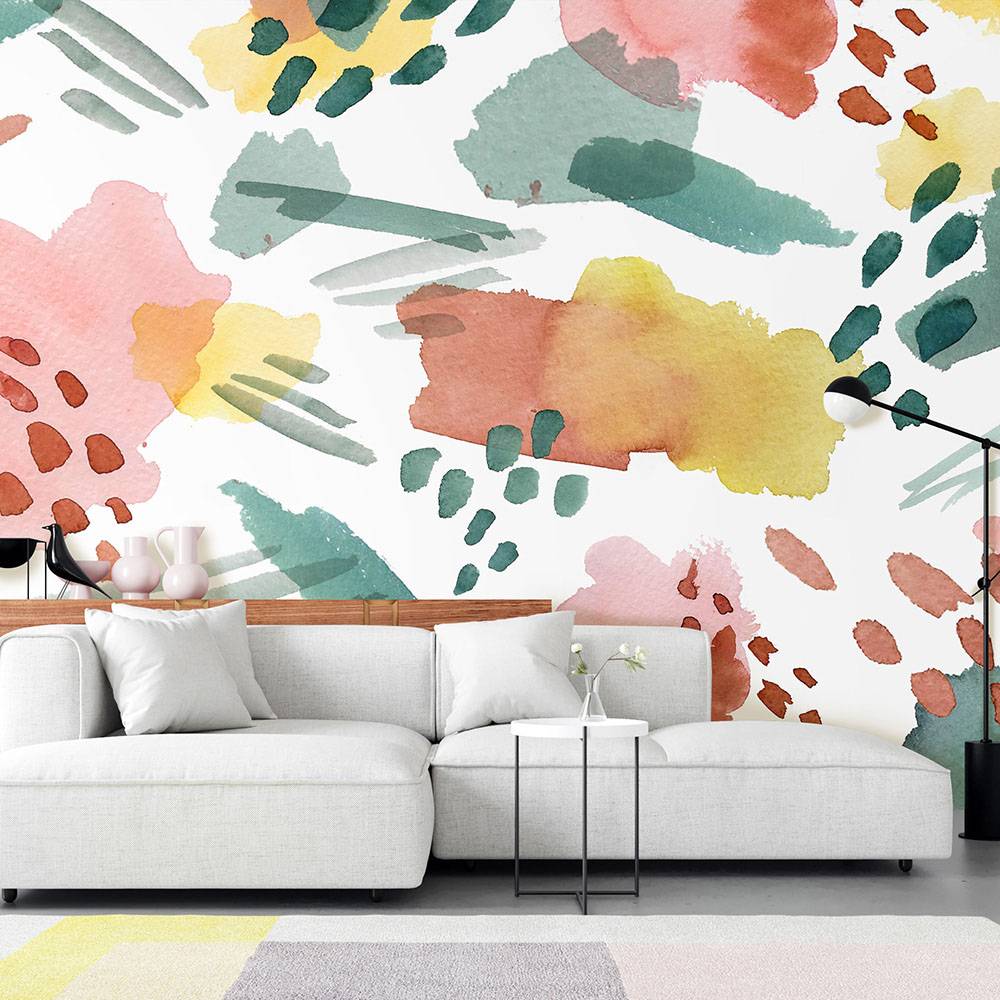Murals are a powerful form of artistic expression that can transform public and private spaces. However, when creating murals, artists often face copyright issues, especially when using third-party images. This article aims to guide mural artists on how to navigate copyright laws and avoid infringement.
II. Understanding Copyright Law
Copyright is a legal right that grants the creator of an original work exclusive rights to its use and distribution. This includes the right to reproduce, distribute, perform, display, or license the work. Understanding copyright is crucial for artists to protect their work and respect the rights of others.
What Constitutes a Copyrighted Work?
A copyrighted work includes:
-
- Literary works
- Musical works
- Dramatic works
- Pictorial, graphic, and sculptural works
- Motion pictures and other audiovisual works
These rights are automatically granted to the creator as soon as the work is fixed in a tangible medium.
III. Common Copyright Issues for Mural Artists
Mural artists often encounter several copyright issues, including:
- Using Third-Party Images Without Permission: This is the most common issue. Artists may find an image online and use it click for more without seeking permission from the copyright holder.
- Misunderstanding Fair Use: Many artists believe that any use of copyrighted material is fair use, which is not always the case.
- Using Internet Images Without Attribution: Images found on the internet are often assumed to be free to use, which is incorrect.
IV. Legal Ways to Use Third-Party Images
To legally use third-party images, consider the following options:
- Obtaining Explicit Permission: Contact the copyright holder and request permission to use their work.
- Licensing Images: Use stock photo websites that offer licensed images for a fee.
- Creative Commons Licenses: Use images that are licensed under Creative Commons, but ensure you understand the specific terms of each license.
Types of Creative Commons Licenses

| License Type | Description |
|---|---|
| CC BY | Allows others to distribute, remix, adapt, and build upon the work, even commercially, as long as they credit the original creation. |
| CC BY-SA | Similar to CC BY, but new creations must be licensed under identical terms. |
| CC BY-ND | Allows for redistribution, commercial and non-commercial, as long as it is passed along unchanged and in whole, with credit to the creator. |
| CC BY-NC | Allows others to remix, adapt, and build upon the work non-commercially, and although their new works must also acknowledge the creator and be non-commercial, they don’t have to license their derivative works on the same terms. |
| CC BY-NC-SA | Allows others to remix, adapt, and build upon the work non-commercially, as long as they credit the creator and license their new creations under the identical terms. |
| CC BY-NC-ND | The most restrictive license, allowing others to download the works and share them with others as long as they credit the creator, but they can’t change them in any way or use them commercially. |
V. Fair Use Doctrine
The fair use doctrine allows limited use of copyrighted material without permission from the copyright holder. However, it is a complex area of law with specific criteria.
Four Factors of Fair Use
- Purpose and Character of the Use: Non-commercial, educational, or transformative uses are more likely to be considered fair use.
- Nature of the Copyrighted Work: Using factual works is more likely to be fair use than using highly creative works.
- Amount and Substantiality: Using a small portion of the work is more likely to be fair use.
- Effect on the Market: If the use negatively impacts the market for the original work, it is less likely to be considered fair use.
Examples of Fair Use in Mural Art
- Parody: Creating a mural that parodies a well-known image.
- Commentary: Using an image to comment on or critique the original work.
Limitations and Risks
Relying on fair use can be risky because it is determined on a case-by-case basis. It is advisable to seek legal advice if you are unsure.
VI. Creating Derivative Works
Derivative works are new creations that are based on or derived from one or more existing works. This can include translations, adaptations, or any form of transformation.
Legal Implications
Creating derivative works without permission can infringe on the original copyright. However, if the transformation is significant enough, it may be considered a new, original work.
Transforming Third-Party Images
To create derivative works legally:
- Significantly Alter the Original: Change the original image enough to make it a new, original work.
- Add New Elements: Incorporate new elements that transform the original image.
VII. Protecting Your Own Artwork
As a mural artist, it is important to protect your own work from infringement.
Registering Your Mural
Registering your mural with the U.S. Copyright Office provides legal benefits, including the ability to sue for statutory damages and attorney’s fees.
Steps to Register
- Complete the Application: Fill out the appropriate form on the U.S. Copyright Office website.
- Pay the Fee: Submit the required fee.
- Submit a Copy of Your Work: Provide a copy of your mural for the office’s records.
Benefits of Registration
- Legal Protection: Easier to prove ownership in court.
- Public Record: Your work is listed in a public database, deterring potential infringers.
Adding Copyright Information
Include copyright information in your images’ metadata to inform others of your rights.
VIII. Handling Copyright Infringement
If someone uses your mural without permission, take the following steps:
- Request a Photo Credit: Politely ask the infringer to credit you as the creator.
- Send a Cease and Desist Letter: If the infringer does not comply, send a formal letter demanding they stop using your work.
- Seek Legal Advice: Consult with a lawyer to explore further legal actions.
IX. Best Practices for Mural Artists
To avoid copyright issues, follow these best practices:
- Create Original Images: Whenever possible, create your own images.
- Use Licensed Images: Use images from reputable stock photo websites.
- Keep Records: Maintain detailed records of permissions and licenses for any third-party images you use.
X. Conclusion
Navigating copyright issues can be challenging for mural artists, but it is essential to protect your work and respect the rights of others. By understanding copyright laws, obtaining proper permissions, and following best practices, you can create stunning murals without legal complications.

Meet Hi there! I’m Jason Noon, a passionate Product Consultant specializing in mural design and customization. Welcome to MuralMoxie, where creativity meets craftsmanship. My journey into the world of murals began over a decade ago. I started as a graphic designer, but my love for large-scale art installations quickly took over.




